Teaching toddlers numbers and letters
How to Easily Teach Your Child Their Letters and Numbers
Spread the love
While it may seem like only yesterday your little ones were learning to take their first steps; believe it or not, it may be time for them to conquer their letters and numbers -OR- ABCs and 123s! While every child is different, many report their child either expressing interest or being able to recite the alphabet and numbers by the time they are a mere two years old. On the flip side, many other parents share their children are not ready or able to appropriately recite knowledge of this information until four years of age. Regardless of your child’s individual abilities and timeline, it is best to be prepared to help them throughout their learning process.
Feeling overwhelmed? Not sure how to go about teaching this very important information?
Don’t worry, teaching a child to both recall and recite their alphabet and numbers can not only be quite easy, but also quite fun in the process!
Our Story
Shortly after my daughter turned three she began expressing an interest in identifying more and more letters of the alphabet. In fact, she would grow quite frustrated when there was one she didn’t know and would come to me for identification of a letter time and time again. This same process repeated itself until one day I turned to Google for a brief search, “when should a child be able to identify the letters of the alphabet?”
Like a punch to the gut I was shocked to learn that many children (even a year younger than my daughter) were already identifying their letters and numbers. Having not gone through this important milestone before (she being my oldest child), I naively assumed that she would pick up on these skills in preschool, etc. and we would work on them in more detail on a later time (perhaps when she was a bit older). After all, she already knew how to sing her ABCs, did she also need to know how to identify them separately as well?… wasn’t she JUST learning to potty train?! Needless to say, I was wrong. While there is no use pushing a child to learn a skill when they are not yet ready, my daughter was clearly showing me all the signs that she wanted to learn and I needed to get on board… and QUICK!
Not sure where to best start (other than with standard flash cards), I turned to the pros (a.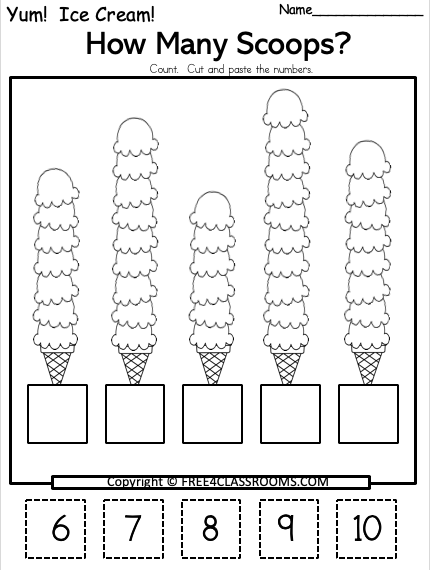 k.a. seasoned mamas) and asked for their advice in my “Creative Mamas! Facebook Group“. Within no time, I had a game plan full of highly recommended creative strategies to implement into our learning process.
k.a. seasoned mamas) and asked for their advice in my “Creative Mamas! Facebook Group“. Within no time, I had a game plan full of highly recommended creative strategies to implement into our learning process.
Over the course of the next couple of weeks we implemented an “alphabet and letter learning” game plan and got to work. Within no time, a mere couple of weeks to be exact, my daughter had every last letter and number memorized and we celebrated with an “ABC-123 pizza party” at Pizza Ranch (per her request ;)).
Our Exact Strategy to Learning Letters and Numbers
While every individual learns differently, I felt it best in this particular situation to literally surround my daughter in a world of letters and numbers. My goal was to educate (in a fun way!) throughout every moment of the day so that she didn’t feel like there were set “forced” learning moments… instead it would become a fun new way of life.
* Affiliate links are included in this post. All this means, is that if you click on one of those links and purchase something, I may receive a small commission.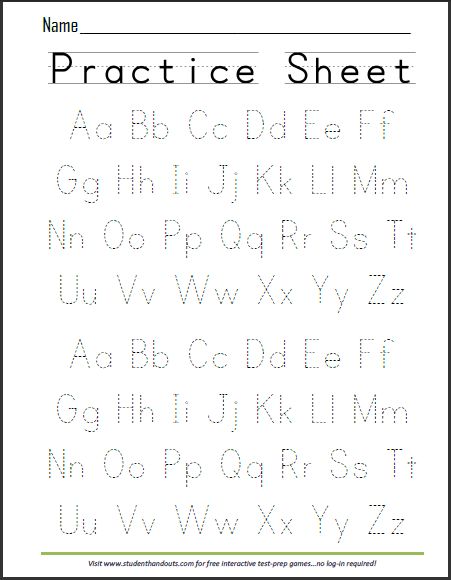 However, you will not pay a penny more- promise!
However, you will not pay a penny more- promise!
- 1.) I decided to write one letter and one number per sticky note. I then stuck them around the entire house. On the bathroom mirror, by her bathtub, on her toy kitchen, in her room, in the hallway, on the door, on the picture frames, etc. While passing every letter we’d stop and say the letter together.
- 2.) I purchased bathtub letters and numbers here (per recommendation of a mama in the Creative Mamas! Facebook Group) and incorporated them into our nightly bath time routine.
- 3.) I purchased The Letter Factory DVD here (per recommendation of a mama in the Creative Mamas! Facebook Group) and let my daughter watch the 30-minute video a few times a week.
- 4.) During mealtime we incorporated speed flashcard rounds adding a few more letters every day once she mastered the others. I purchased these exact cards here and here.
- 5.) I dedicated a letter or two per day by showcasing it on a large chalkboard in our kitchen (a dry erase board in a common area could have the same effect).
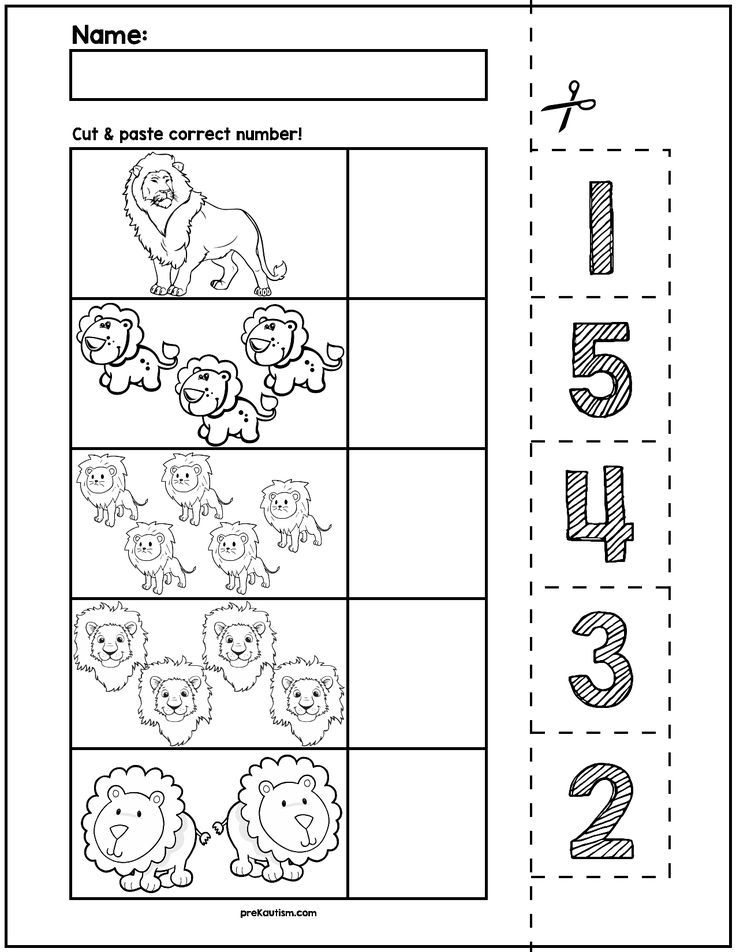
That was it! After a couple weeks of surrounding ourselves in all things letters and numbers, my daughter not only easily mastered her ABCs and 123s but she had fun doing so. As a busy mom (who also found herself chasing after a 1-year-old all day long), what I loved most about this strategy is that the entire process was very stress-free and could be implemented in very short (reasonable) increments of time all day long.
Additional Learning Materials
While we didn’t use these exact products ourselves, a quick walk through local stories (i.e. Target) showed me that there are endless amazing resources just waiting to be utilized! Some of my favorites include:
- Play-Doh Shape and Learn Letters and Language – because who doesn’t love learning with Play-Doh?!
- Wipe Clean: Letters (Wipe Clean Learning Books) – if your kiddo learns best by being hands on and writing/drawing… then this is for them!
- VTech Alphabet Apple – if your child loves electronics and all things games… then I’ve heard great things about this!
- The Learning Journey Lift & Learn ABC Puzzle– is your child a puzzle lover? Then this puzzle is the one to get!
- The Learning Journey Match It! Counting– I love that this incorporates both puzzle and flashcards into a fun activity!
- Education.
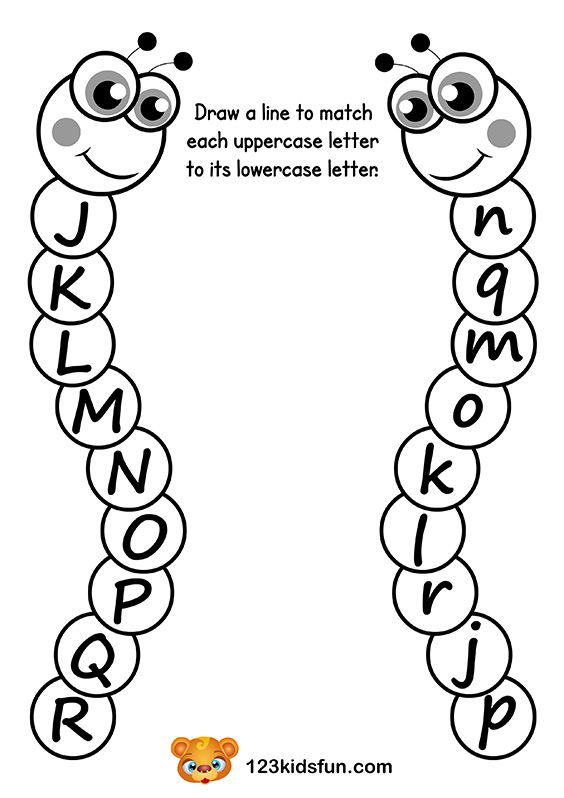 com’s amazing worksheets! – I love that there are so many to choose from!
com’s amazing worksheets! – I love that there are so many to choose from!
*BONUS: Education.com has graciously offered a FREE “Letter Match-Up Preschool Spelling” activity that can be downloaded here!
Have additional ideas that worked great for your kiddo? I’d love to hear them! Share in the comments below!
Spread the love
How To Teach Your Toddler Numbers (9 SIMPLE STRATEGIES)
3, 2, 1, Ready or not you’re about to learn how to teach your kids numbers!
Introducing numbers at an early age will set your kids up with a great start in math.
But recognizing numbers is hard for a toddler because some numbers look similar. For example, many children have trouble telling the difference between 6 & 9 and 1 & 7.
So how can you teach your toddler to recognize the differences between numbers 1-10?
Take a look at my 9 simple strategies to help you on your journey of teaching your child about the numbers!
Strategy #1.
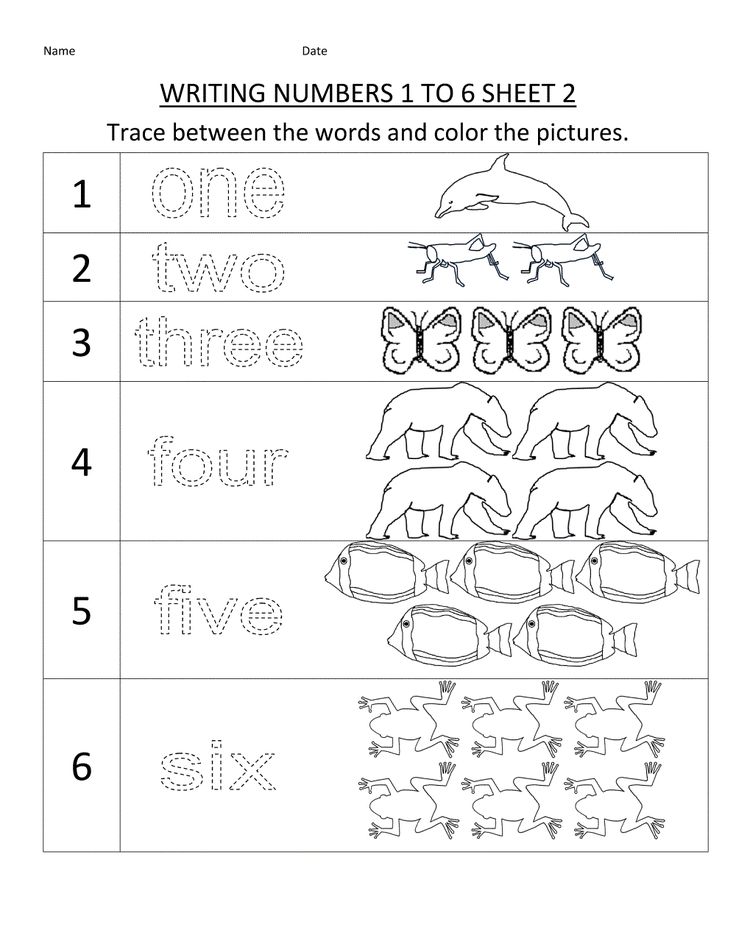 Play With Number Toys
Play With Number Toys
It’s a proven fact; kids learn best when they play! Hands-on learning is by far the best way for kids to learn their numbers because they can manipulate an object themselves.
But you can’t just count out loud to your toddler and expect them to recognize numbers. Playing with toys allows them to see, touch, and help them understand what each number means.
Here are some of the BEST learning toys I’ve come across to help you along your journey in teaching your toddler!
Most of these toys don’t say the numbers out loud, so your involvement in playing with these toys is crucial for them to learn!
A. Montessori Wood Block Puzzle Set
Check Amazon's Price
This toy is my personal favorite for older toddlers and preschoolers. It has numbers and rings to count for each number so that it can be used for several years!
B.
 Melissa and Doug Number Puzzle
Melissa and Doug Number Puzzle
Check Amazon's Price
This is my son working on this puzzle! It is a little bit simpler, which is excellent for younger toddlers! Under each number, there are objects to count.
C. Bath letters and numbers
Check Amazon's Price
Bath time is a fabulous opportunity to review numbers! Toddlers love sticking the numbers on the bath walls. When children get older, you can spell sight words with these letters too!
D. Lego Duplo My First Number Train
Check Price
Does your toddler love building or playing with trains? Have fun working together to build this number train! This toy helps toddlers recognize numbers and count in order 1-9.
E. Sesame Street Playskool Cookie Monster’s On The Go Numbers
Check Amazon's Price
This is a great toy to take along with you if your going to a restaurant or going to someone else’s house.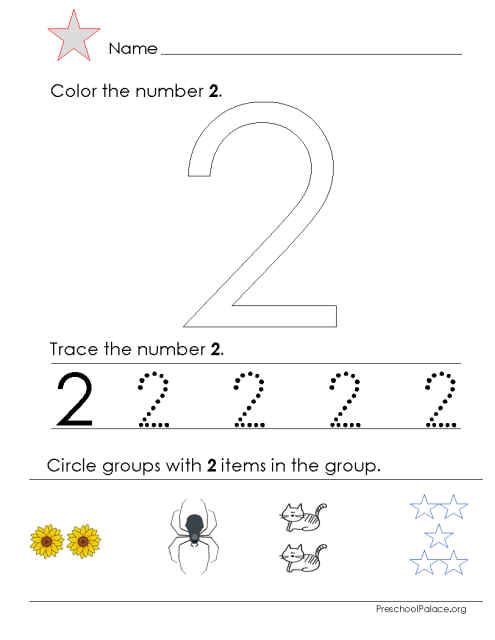 It is a number puzzle, and there are colored cookies(10) that you can count.
It is a number puzzle, and there are colored cookies(10) that you can count.
F. LeapFrog Learn and Groove Musical Mat
Check Amazon's Price
Since I’m a physical education teacher, I love getting my kids up and moving, so this toy is one of my favorites! This interactive learning mat asks children to do different locomotor movements to each number, animal or musical instrument.
Need activities to go along with some of the number toys you have?
Take a look at my 23 SIMPLE NUMBER RECOGNITION ACTIVITIES article to find exciting activities to do with your kids to help them learn numbers.
Strategy #2. Count Every Day
Counting out loud daily is imperative because it’s a different skill than just learning to recognize what a number looks like.
2-year-olds will start by recognizing the numbers, and then they will gradually begin to understand what each number means.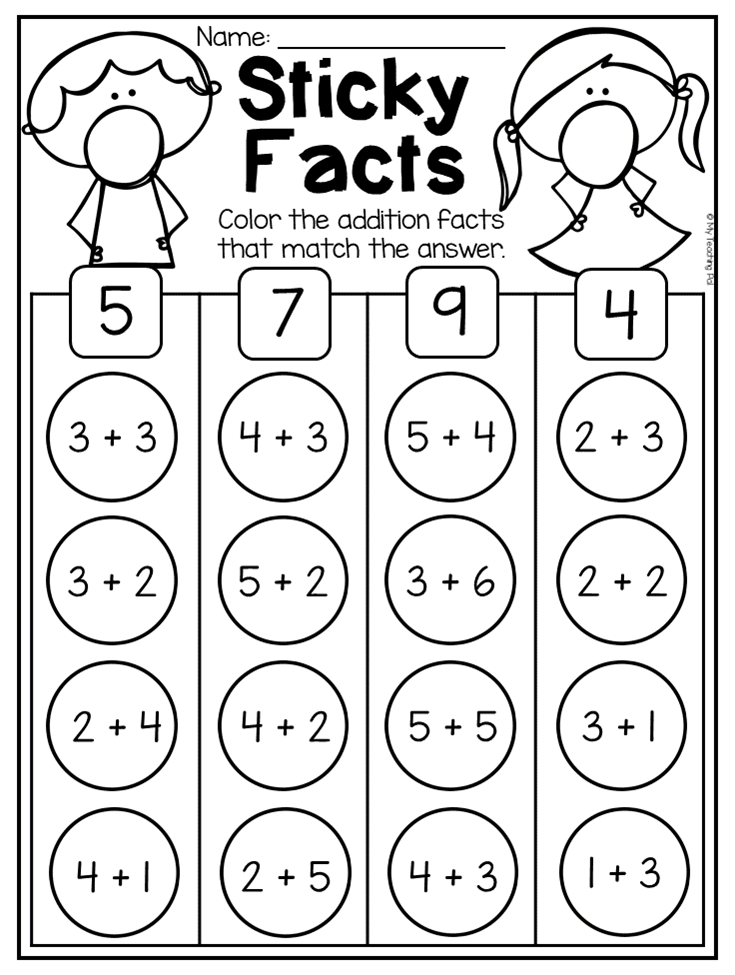
When toddlers can count how many objects are given to them, they understand what that number means. For example, if you give your child 4 cheerios, they can count to 4, and they recognize the number 4 when they see it, they understand what the number 4 means.
The great thing about this strategy is that you can count anything that you have laying around the house!
Does your child like cars? Set up a race track and count how many cars are in the race!
Do they like coloring? Get out their favorite coloring book and count how many markers or crayons they are using.
Does your 2-year-old like to play dress-up? Separate the clothes and the accessories into piles and count how many of each thing they have to choose from!
The possibilities are endless!
Strategy #3. Read Number Books
There are so many fantastic books to help teach toddlers numbers. I have listed a few books below that we own that look specifically at numbers 1-10. Each of these books engages children differently.
I have listed a few books below that we own that look specifically at numbers 1-10. Each of these books engages children differently.
Even if your toddler doesn’t like to sit and read stories, these books will entertain them because they are interactive.
While you are reading, point out each number to your child, count with them, and talk about the pictures. Make sure to ask your toddler questions to check for understanding (I have some examples on how to do this in the next section!)
A. Simple First Words Let’s Say Our Numbers
Your child can learn their numbers and how to count quickly by adding this book to your collection! They can learn how to match by looking at a picture and pressing the same number that’s on the page.
B. Ten Little Ladybugs
This book is one of my children’s favorite books! Both kiddos loved counting the ladybugs on each page!
C.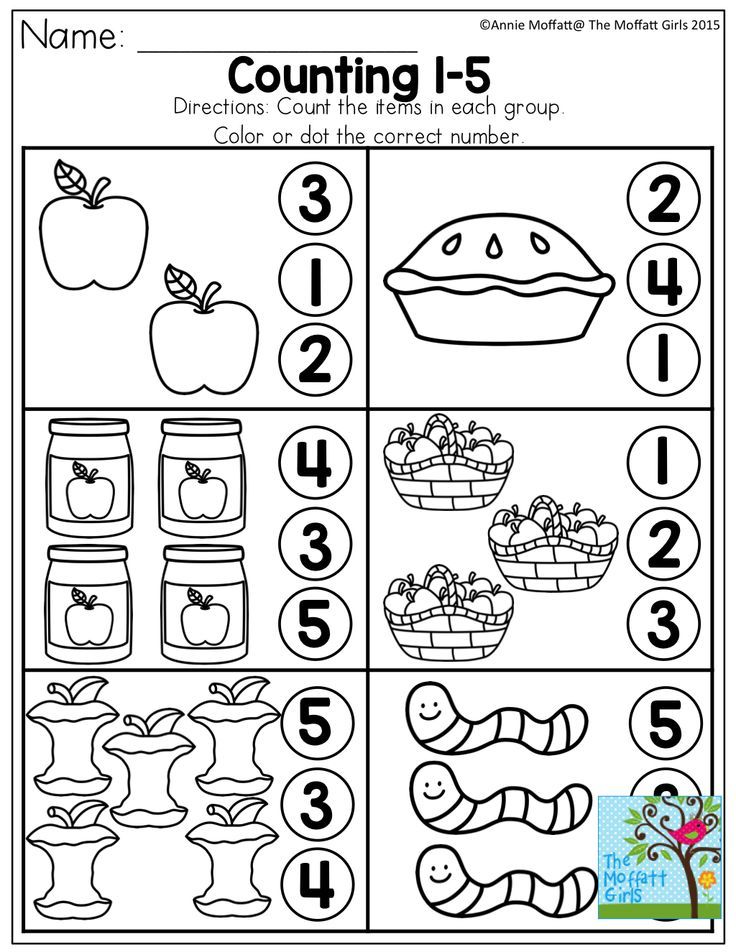 Baby Touch and Feel Numbers
Baby Touch and Feel Numbers
2-year-olds LOVE to play with sensory toys. This book has a touch and feel feature that toddlers will enjoy! It helps with number identification and counting!
D. Goodnight Numbers
Do you remember Winnie from The Wonder Years? Danica McKellar is the author of Goodnight Numbers.
This book focuses on how numbers and counting can be a part of everyday life!
Strategy #4. Check For Understanding
You will never know how much your toddler is taking in until you start asking them questions.
I think you’ll be surprised. I stated earlier that toddlers are like little sponges. They are listening to everything your saying.
Checking for understanding will open your eyes to see what your toddler has learned from you. Take a look at this video below to see an example of one way I check for understanding for number recognition.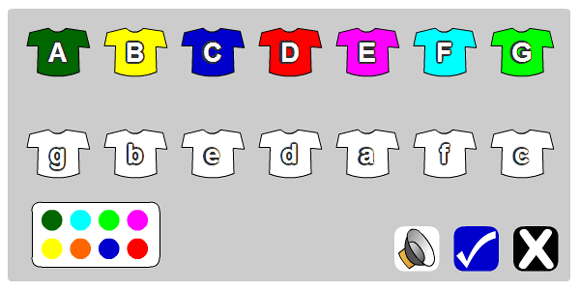
*The toy featured above is a Crayola My First TouchPad. It is an excellent way to check for understanding because you can mix the numbers up to see if they are grasping the information.*
One thing you may have noticed by watching the video is that I do my check quickly. My son is 18 months old, and as you can imagine, his attention span is not very long. You see at the end of the video; he is checked out. 🙂
When toddlers start not to be interested in your questions anymore, don’t push it. Try again later.
Wondering when you should start checking for understanding?
Here’s an example of when I knew it was time to start asking questions.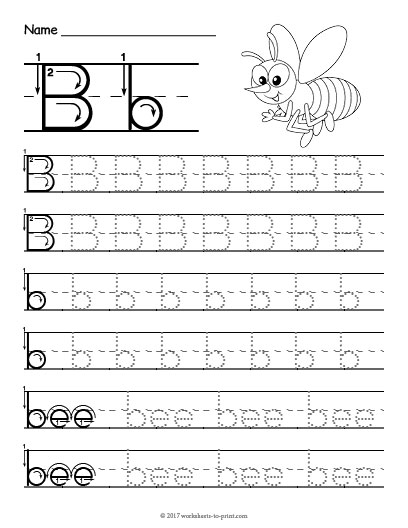
My son LOVES puzzles. Once he was attempting to put the pieces of the puzzles into a spot, I started telling him what each number was when he picked them up. I would guide him on where each number should go.
Eventually, he started putting the numbers in the correct spot on his own. Once he was able to do that, I began to check for understanding, “Where is the 2?” or “Show me the 5.”
You can start checking for understanding at any time. It’s never too early to start asking your toddler questions.
Another thing to note when checking for understanding is to use different toys or objects. You don’t want your toddler to memorize one toy because they may just be going off memory instead of knowing the numbers.
Strategy #5. Get Active
Does your toddler like to relax and sit around all day? NO. I’ve NEVER heard any parent say that.
Toddlers are busy, and they want to move around and explore this fantastic world!
I am a physical education teacher, and I’m very passionate about my children staying active. I enjoy incorporating some learning activities while we are playing games.
I enjoy incorporating some learning activities while we are playing games.
Here are some examples of how you can keep your kids active and learning at the same time!
- Have your toddler dribble the basketball as many times as they can while you count, try to have them beat their score by doing this several times in a row. By doing this activity, your 2-year-old will be working on the gross motor skill of dribbling.
- Blow up a balloon and have your toddler try to keep it up in the air by batting or kicking it. Count how many times they can do so before it hits the floor. This activity is great for eye-hand coordination and gross motor skills.
- Practice locomotor skills by writing the numbers 1-10 with sidewalk chalk outside and ask the child to jump, skip, leap, hop, gallop, run, or side slide to a specific number.
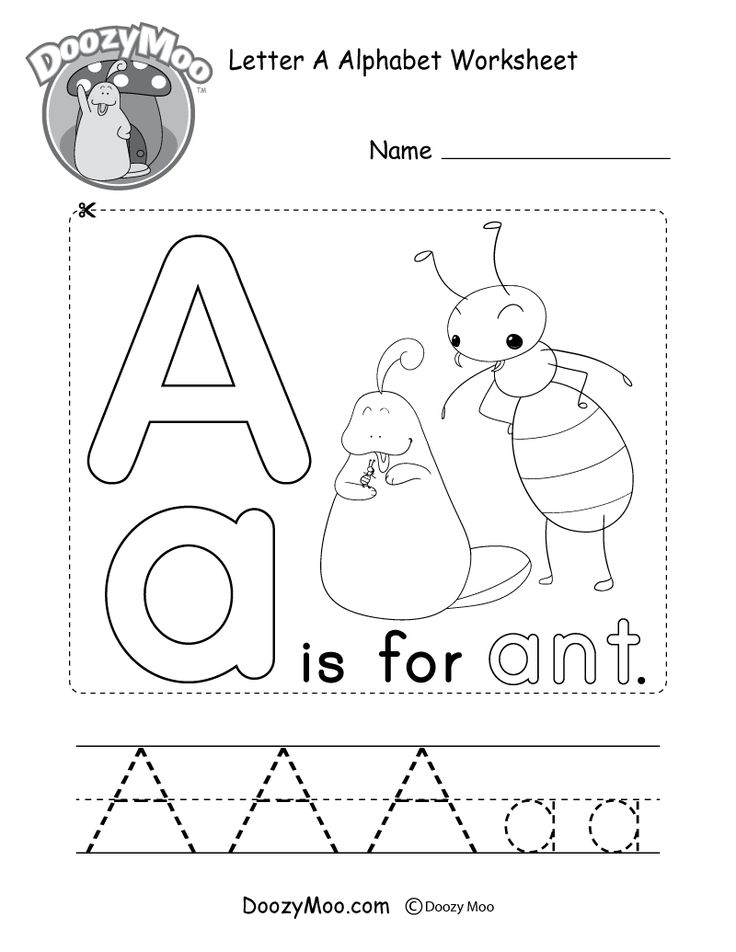
Want to see how this is done? Check out this video of my daughter, who is in preschool doing this activity!
There are so many benefits that your children will get from being physically active. By completing some of these activities, they will increase their physical health, learn physical skills, and be learning their numbers at the same time!
Strategy #6. Make learning numbers fun!
Who remembers that teacher from high school that talked straight from their notes without any questions or fun activities?
I sure do!! Think about that when you are teaching your toddlers.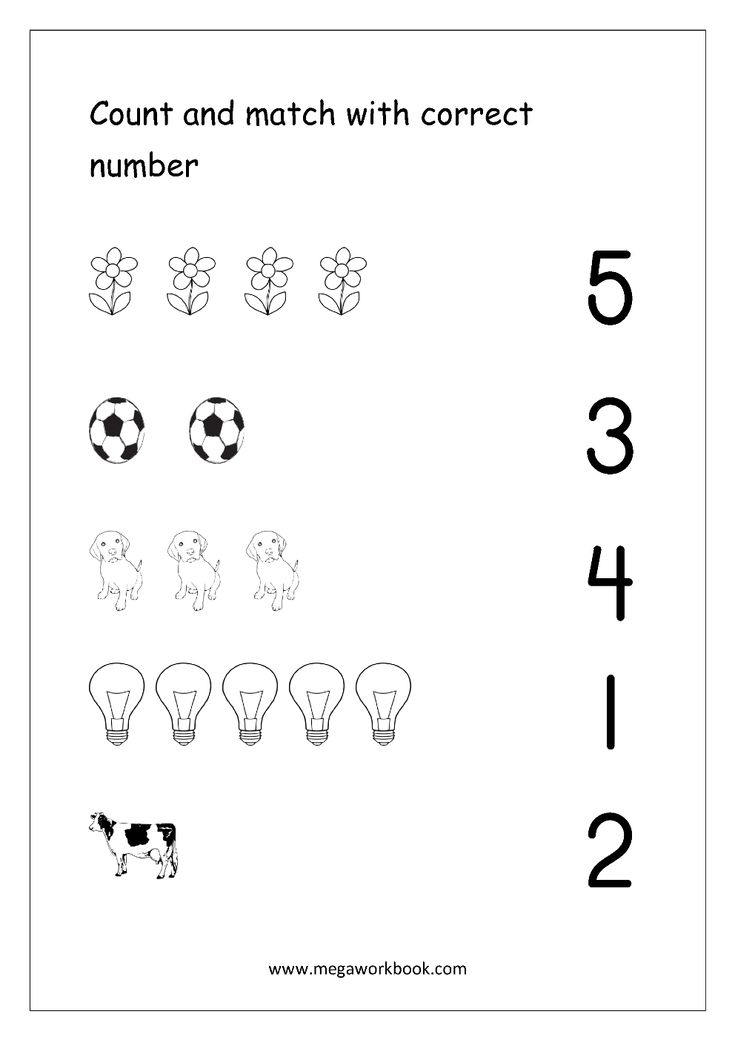 They will get bored just like you did; a variety of learning games will keep them eager to learn.
They will get bored just like you did; a variety of learning games will keep them eager to learn.
Toddlers will be excited to create something new and spend time with you as well. It’s a win, win! Below are some examples of crafts that we have done that were successful
A. POM POMS!
We sorted these pom poms by color and counted how many of each that we had. Pom Poms are so great for counting, sorting, learning colors, and creating art projects!
B. Get their hands dirty!
My daughter and son both made aquariums with Crayola Kids Paint and Do-A-Dot Painters and markers! We counted how many tentacles the octopus and jellyfish have and how many fish and turtles there were in their creations!
C. Do-A-Dot Markers
This painting project was a little less messy. Q-tips, do-a-dot painting, and cotton ball painting are much cleaner ways to do a project.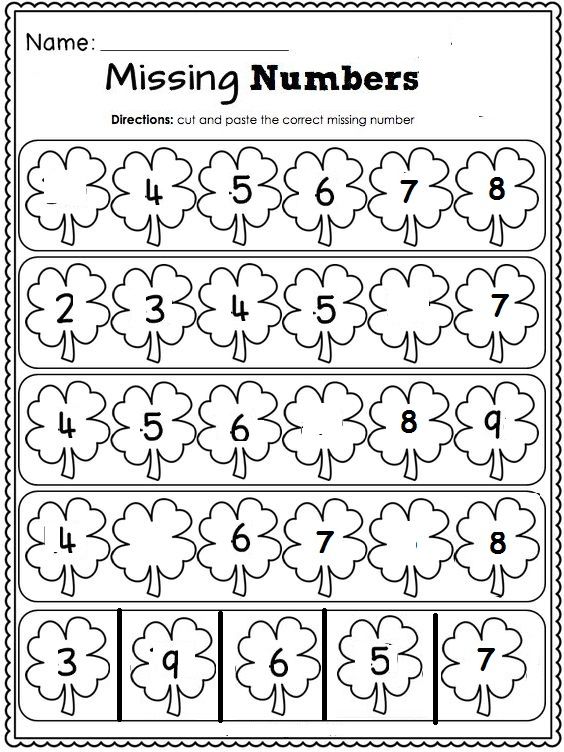
My son has a blast working with this dot-a-dot number painting activity. I had to help him quite a bit, but it kept his interest for an extended period of time!
7. Listen To Number Songs
Let’s face it; kids love watching videos.
Youtube can be such an excellent resource for learning videos and songs.
In my opinion, it’s BEST to use in moderation and provides the child with another way of learning. Most children are entertained by watching videos, and it could help them recognize numbers with catchy lyrics, animations, and sounds.
We are BIG Disney fans. This video has been a hit with my toddler and even my preschooler!
Other Youtube learning resources: Bob the Train, Super Simple Songs, and Little Baby Bum
DO NOT rely on videos being the only source that the child gets for learning anything.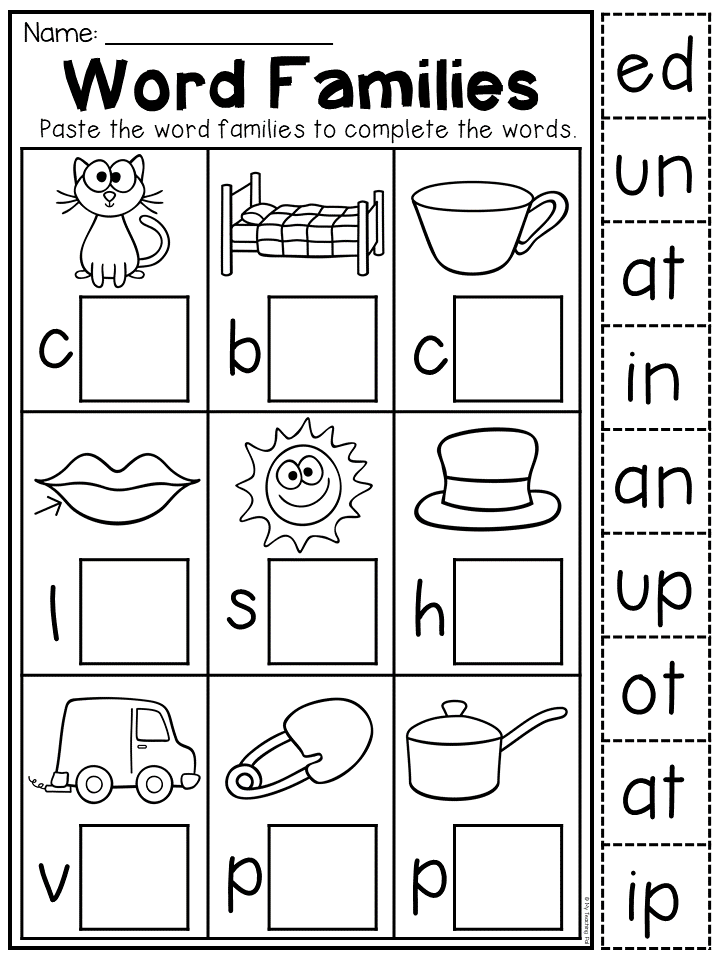
These videos are great to put on if you have to clean up after lunch, or you have to put the groceries away. It keeps engaged and learning, while you have some time to get done what you need to!
My recommendation is to have the child watch no more than 20 minutes once a day.
Strategy #8. Sing songs
Not a huge fan of screen time?
I get it. You don’t have to rely on videos to help teach toddlers; you can sing the songs yourself! Here are some examples of songs that you can sing to work on counting.
- Ten in the Bed Nursery Rhyme
Put up all ten of your fingers or have your toddler put up their fingers. Start to sing “there were 10 in the bed, and the little one said roll over, rollover, and they all rolled over, and one fell out”(put one finger down). You could continue until you had no fingers left!
- 5 Little Ducks
This is a perfect song to sing at bath time! When your toddler is taking a bath, bring out some rubber ducks if you have them.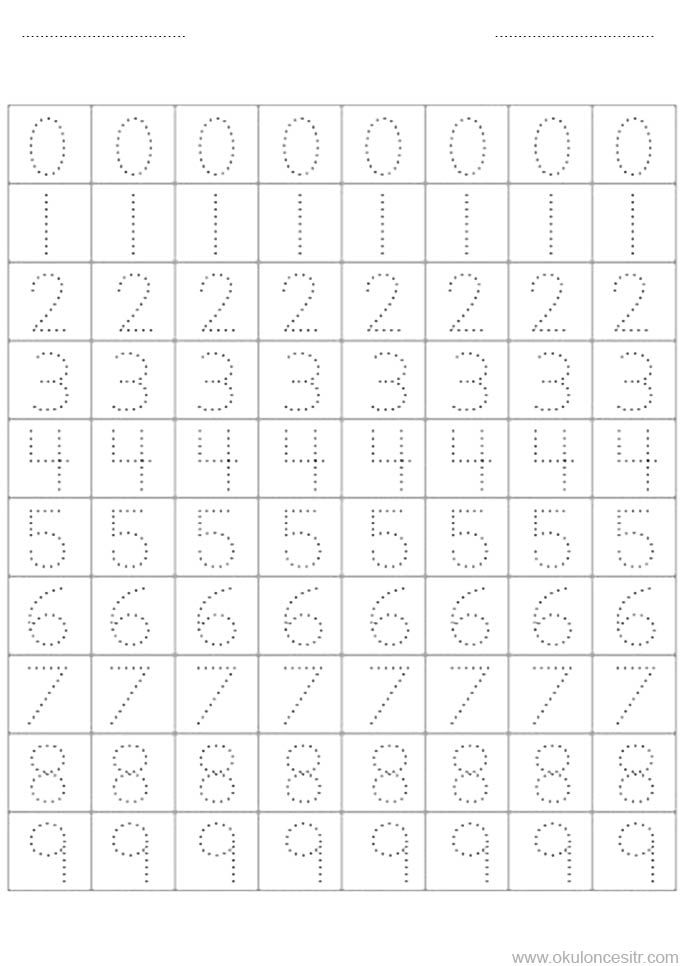 Sing the lyrics to this song and take away a duck throughout the song and bring them all back in the tub at the end!
Sing the lyrics to this song and take away a duck throughout the song and bring them all back in the tub at the end!
- 5 Little Monkeys
The beautiful thing about this nursery rhyme is you can get creative with it. You don’t have to use the word monkeys; you can change it to whatever you want! We don’t have 5 toy monkeys; if you do, great use them! If you don’t, you can use dolls, trains, stuffed animals, etc. Your toddler will LOVE listening to you sing this song and watching their favorite toys fall off the bed.
I was planning on making a video example for this myself, but my daughter did this out of the blue, and it was too perfect!!
Strategy #9.
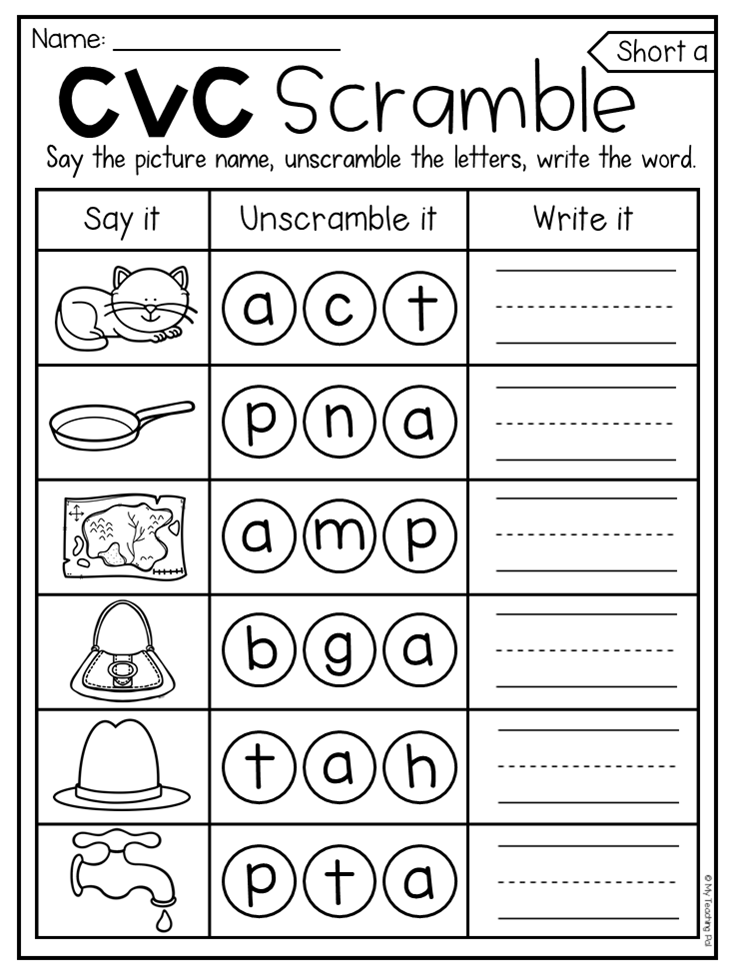 Be Patient
Be Patient
Not every child learns at the same rate.
You may have one child who learned their numbers by 18 months, and the other child isn’t interested in learning quite yet, and they are 24 months. THAT IS OKAY!
The important thing is that you keep repeating the information to them. Don’t give up on them!
If you keep counting to them and explain what each number is when they see it, they will catch on. Be patient and stay confident in your child!
Final Thoughts and Conclusion
Teaching your toddler about numbers is a fun but challenging adventure!
It’s important to start slow, play with number toys they can manipulate and repeat numbers daily. Try to mix up the activities that you do with them to keep them engaged and excited to learn!
I would love to help in your journey teaching your toddler numbers (1-10). Whether you need some creative ideas or you need more helpful suggestions, please leave a comment below.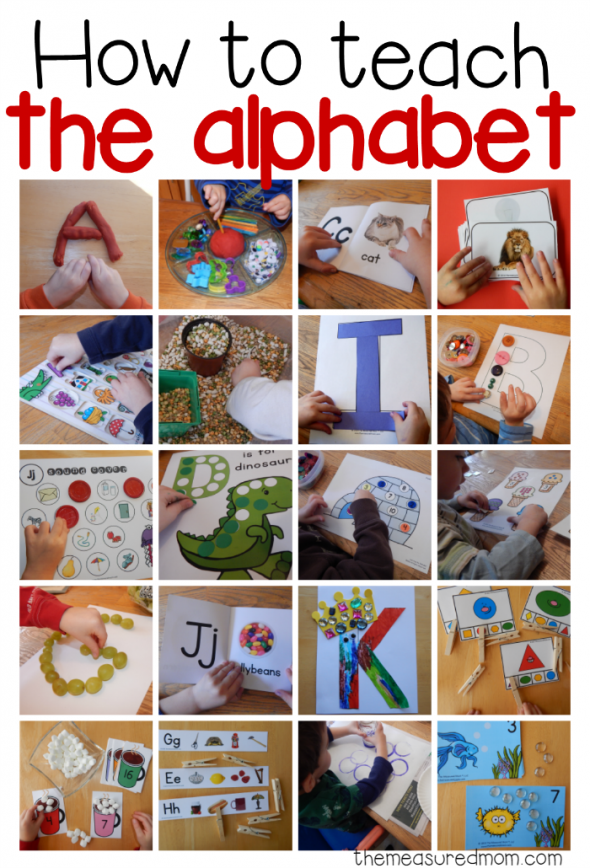
If you have any great ideas that you would like to share as well on what helped you teach numbers to a toddler, please share them with us!
Primary Learning Letters and Numbers for Children - Child Development
For toddlers, the whole world is one big course of learning. Children love to learn new ideas and concepts, so it's up to parents to take advantage of their urge to learn to lay the foundation for future reading, writing, and numeracy skills. And to do this easily and without coercion, you just need to pay attention to what interests your baby and give him new knowledge in a playful and entertaining way.
Learning letters
Start with your child's name. At about two years of age, your baby can already recognize the letters that make up his name, so you should hang signs with your child's name around the house: hang them on the door of his room, in the bathroom and on the refrigerator. Point to the individual letters that make up the child's name and say each one.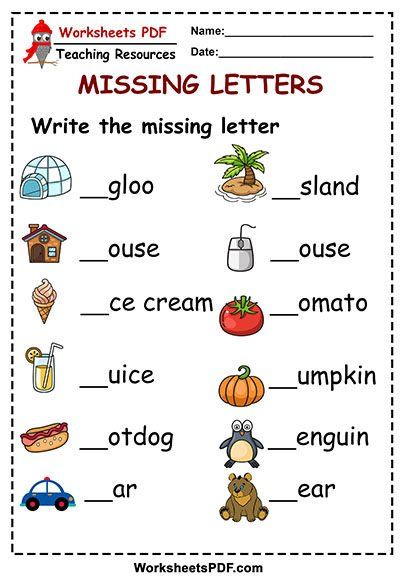 Say other words that begin with each of the letters of his name.
Say other words that begin with each of the letters of his name.
Read everything. Show your child the words and letters on street signs, shops, doctor's office, etc., say them out loud (for example: "This sign says Stop"), and also choose suitable rhymes (for example: "With the word "Stop" rhymes "Clap" and "Gallop").
To help your baby connect letters to sounds, speak slowly, speak very clearly, and move your finger under the letters and words you read.
Learning numbers
Count everything. Your two-year-old can already memorize the numbers one through ten in the correct order, but the real ability to count often comes a little later, at preschool age. However, you can encourage him to recognize numbers by counting together during daily interactions.
For example, when you are dressing your child, you can count with him: “One button, two buttons, three buttons” or when preparing food: “There are one, two, three, four carrots on the plate” or in the grocery store: “I have There are already three bulbs, so I need another one to make four.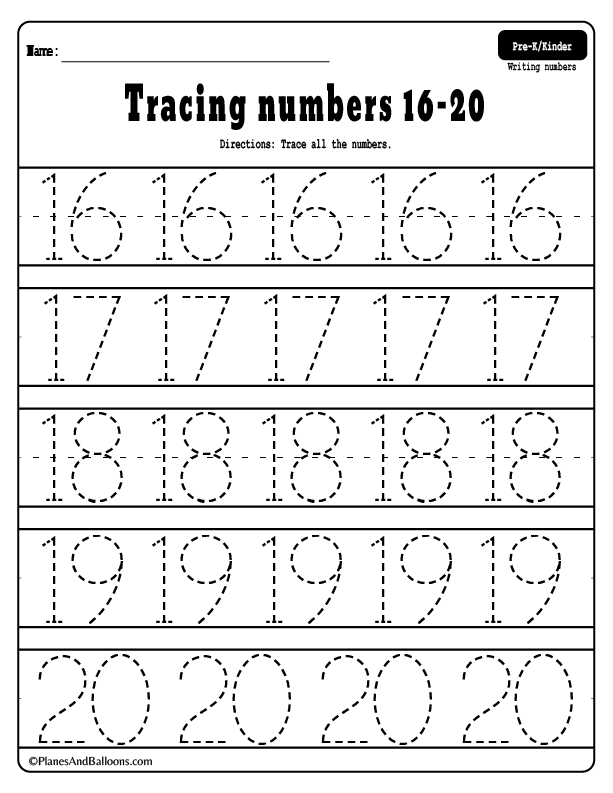 ” Use your fingers to count things as well and encourage your baby to do the same.
” Use your fingers to count things as well and encourage your baby to do the same.
Show your child how to sort things. Toddlers' interest in observing, comparing and finding differences between objects is a vital part of their early math skills. That's why they're such good sorting masters.
Ask your child to sort their toys by type of animal (cats in one pile, cubs in another) or color. See if he can sort the clean clothes out of the dryer, tell his socks from Mom and Dad's, or sort teaspoons, dessert spoons, and tablespoons into his pencil cases in the kitchen.
At around two years of age, a child can already tell the difference between smaller and larger objects. Ask questions like: “Which house among the neighboring ones is higher, and which one is lower?”.
Exploring shapes
Create an album with different kinds of shapes and shapes. Many children's books and brochures teach children to recognize shapes and forms, but you can go even further and create your own scrapbook with your child.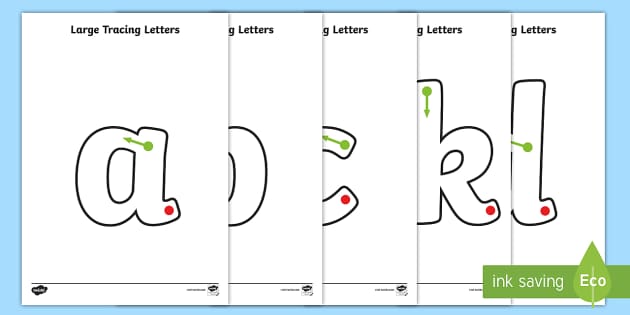
After drawing geometric shapes on paper, flip through the magazines together and cut out the elements that match each of them (for example, for a circle, cut an orange from a magazine, for a rectangle, a photograph of a picture, etc.).
Then go for a walk to look for other objects with characteristic shapes. Take pictures of objects your toddler points to, such as a square window, a wheel, or a rectangular brick. Print out your photos and paste them into an album. Place several images on each page to show that each of the shapes can have different sizes.
You can bake learning cookies in different shapes, make sandwiches that don't have to be rectangular. Many of the favorite foods of toddlers - pancakes, slices of cheese and bread - can be cut into triangles, squares, stars, ovals, diamonds and more. Let the kid compare these dishes with his album and name each of the figures on the table himself.
Studying colors
Look for the right colors. For a hands-on experience with color, have your child dip their finger into the finger paints. Name each color your child draws with. After his masterpiece has dried, you can go outside together and look for objects that match the colors used in his work. Tell your child that there are many shades of the same color, such as pale blue, sky blue, to dark blue that looks almost black.
Color the world yourself. Use descriptive language as often as possible to help your child learn to recognize different colors (“Would you please put that yellow ball in the blue bucket?”). During meals, ask: “Do you prefer a red apple or a yellow banana?”
You can also try giving each day of the week a different color. For example, wear a green sweater on Thursday, eat green grapes, and play with a green toy grasshopper. And at the end of the day, let your little one relax in a green pine needles bubble bath.
How to teach a child to count to 10, 20, 100
How to teach a child to count
Many children come to the first grade already with counting skills, so it is important for parents to teach them in advance. Today there are many techniques that make it interesting and fun.
Do not impose learning to count, it should be easy: in the course of daily activities or play. Count familiar objects together, gradually complicating the tasks. For example, he easily visualizes two oranges or four plates, but hardly abstract sets.
When to teach your child to count
Most experts believe that the best time to teach kids to count is 3-5 years. It is at this age that the child begins to be interested in new things and learns to establish patterns between numbers. However, everything is very individual. If the baby is actively exploring the world and is interested in mathematics earlier, you can start learning from the age of 1.5.
What methods to use to teach counting
We have collected proven methods that allow you to do this in a playful way that is interesting for the child.
- Finger counting . The technique helps to understand how to teach a child to count to ten.
It will be difficult for a baby to remember all the numbers at once, so you can start with five and focus on the fingers of one hand. Introduce the child to their names, then connect the second hand. You can use finger games when one disappears or two or three fingers meet together.
- Use of study cards and sticks . You can lay them out one by one on the table and name the numbers, then move one part of the sticks to the right and the other to the left and ask how many sticks are in each part.
- Number games . Teaching children to count can take place in a playful way. For example, the role-playing game "shop". You need to choose who will be the seller and who will be the buyer, and assign a currency. Selling or buying sweets and toys, the child will easily remember the numbers up to ten and even up to twenty.
- Montessori method . It's like playing shop. You can give the child different coins, for example, a ruble, two, five, and ask him to calculate the amount or change money.
- Doman technique . The author recommends using cards with red dots for counting. The color will attract the baby's attention.
- Hundred Account Nikolai Zaitsev suggests immediately showing numbers from 0 to 99. So the child will understand how many tens and units each number makes.
- Polyakov's method . You will need cubes, a box with compartments according to the number of cubes and numbers. First, one cube is taken, placed in a cell and the number 1 is placed next to it. And so on up to 100.
How to teach your child to count to 20
To teach your child to count to 20, use two pairs of hands - yours and his own. You can also use cubes, cards, sticks or draw dashes - whatever comes to mind. Such an account is given as easily as up to 10. At this stage, the child needs to understand the composition of the number.
<>
How to teach a child to count up to 100
Tell your child that there are only nine tens, then name each tens: ten, twenty, thirty, and so on. Invite him to memorize 10 new digits of each ten every day. At the end of the day, ask what the child remembers and repeat what they have learned on other days. To simplify repetition, you can count the objects that are in front of you. After the child has mastered the tens, invite him to play a game: write a series of numbers with tens and skip one number in the middle. Ask your child to complete the pass.
<
You can also use Glen Doman's method. First, the child needs to be shown cards with no more than five dots, then increase their number to 20, 50, and then up to 100. This method will also help train visual memory.
It is important to draw the child's attention to the numbers from 11 to 19, as they are called differently from the rest.
How to teach your child to add and subtract
To teach a child to solve examples, visualization is needed again. Bend and bend your fingers, remove and take out sweets.
Addition and subtraction are reciprocal operations. This connection needs to be conveyed to the child. That is, to demonstrate that 2+1 = 3 is the same as 3−1 = 2 and 3−2 = 1. If the child has mastered the principle, there will be no problems with other numbers.
To teach a child to add and subtract within 20, you need a number beam. For example, 5+3. We find the number 3 on the beam and take five steps to the right. You can do the same with your fingers. So you can teach to count with the transition through a dozen and without.
Actions with the transition through ten have a peculiarity: you need to know the composition of the number and the pair of numbers that together form a ten (1 and 9, 2 and 8, 3 and 7, 4 and 6, 5 and 5).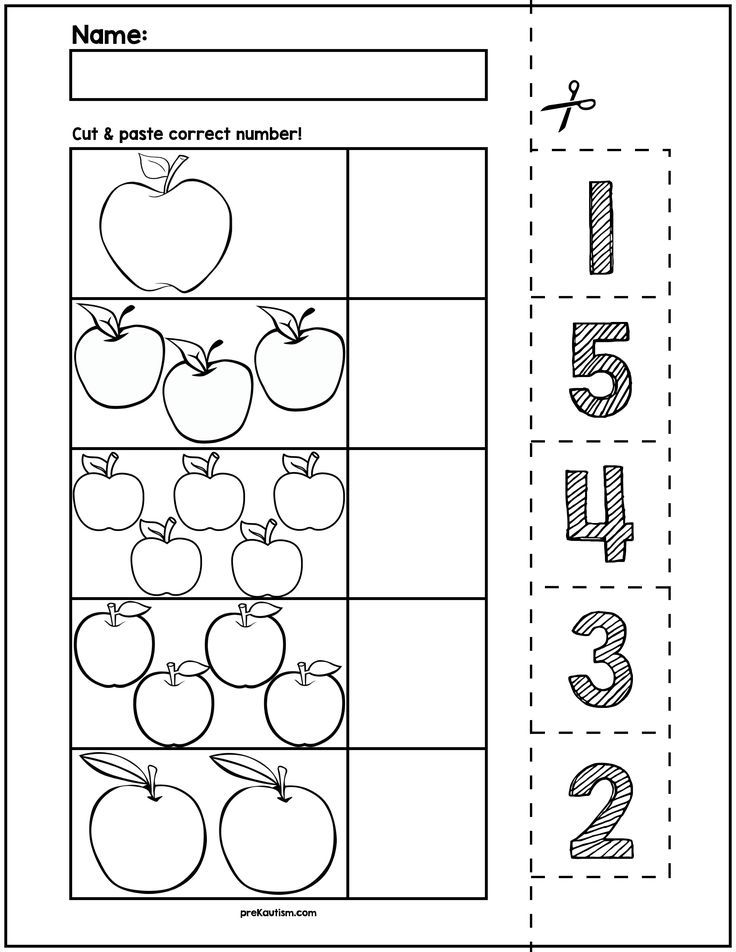 For example, 7+6. Seven to ten lacks three, that is, it turns out 7 + 3 + unknown. The six gave away three to ten, which means that there are still three left. Then it turns out: 7+3+3.
For example, 7+6. Seven to ten lacks three, that is, it turns out 7 + 3 + unknown. The six gave away three to ten, which means that there are still three left. Then it turns out: 7+3+3.
How to teach a child to count in columns
Explain that in addition and subtraction, all actions are performed in digits: tens with tens, ones with ones. For example, 31 + 12: a three is added to a unit, a unit to a two.
To simplify, you can do training exercises - for example, write numbers under each other. Number 6 at the bottom, 12 at the top. It is important to explain to the child that six should be under the number 2, and not 1, as it refers to units.
Start with simple examples, where numbers add up to a number less than 10. Then you can move on to examples with a transition through ten: for example, 25 + 16. 5 + 6 add up to 11. Then we write the unit from 11 under the line, and we remember the unit as a ten. When we add the tens, we get 2 + 1 and another +1, which we kept in our heads.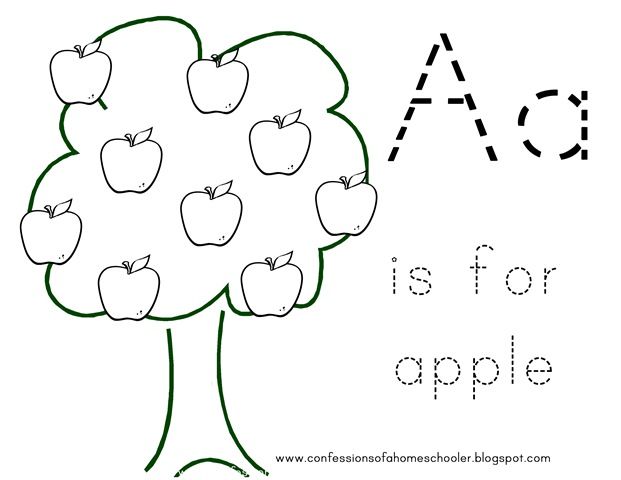
In the case of subtraction, you should also start with simple examples, gradually moving on to more complex ones. For example: 25-16, in the column where there are ones, 5 less than 6, explain to the child that in this case we kind of “borrow” a unit from tens.
For convenience, you can use the symbols that are marked in blue in the figure. In the first case, a ten is added, in the second, a dot serves as a reminder of a “busy” ten.
Counting games and exercises
Lego
Build towers with a certain number of blocks to teach your child to count. Later Lego will be needed in the development of fractions.
Fairy tales
Read to your child passages from fairy tales that contain numbers. He needs to clap as soon as he hears them.
Coloring pages with examples
You can teach your child to add and subtract through coloring pages, where an example is written in each cell, solving which the child will recognize the color.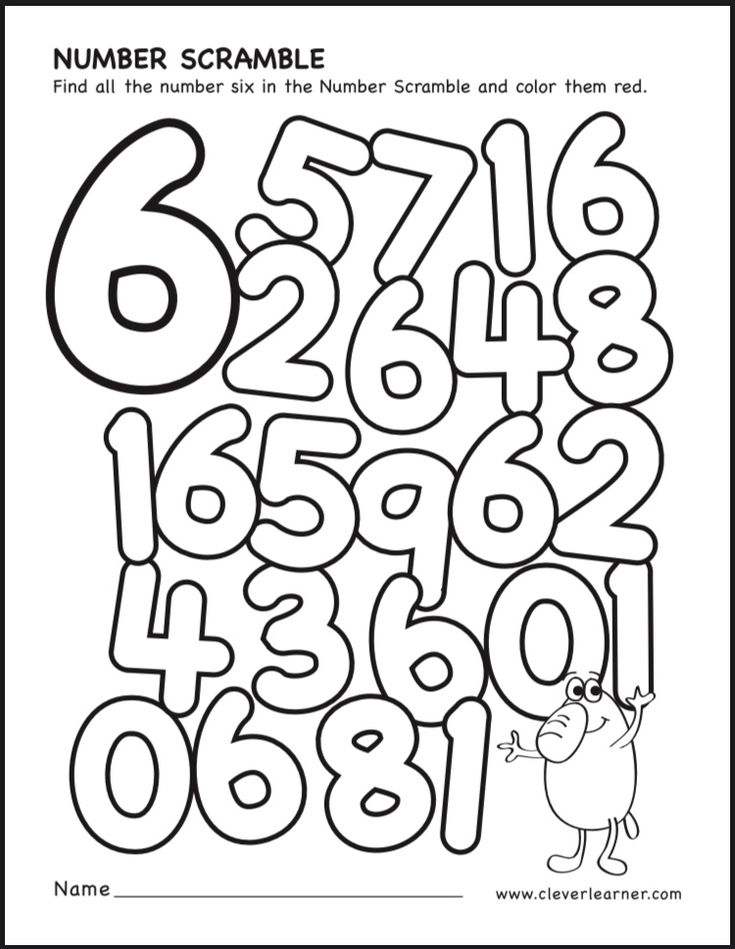
Board game "Strawberry paths"
There are two types of cards in the game: "Picking berries" and "Sharing berries". In the first case, you need to string a certain amount on your thread, and in the second, subtract, that is, give away. In the process, you need to count the berries and compare.
Dominoes with numbers
The principle is the same as with pictures. One domino with two numbers around the edges is laid out by the child, the parent picks up a die with one of the numbers. The one who gets rid of the dominoes first wins.
<
